The Black Shark 2 Review: A Gaming Phone's Existential Crisis
by Andrei Frumusanu on September 25, 2019 8:00 AM EST- Posted in
- Mobile
- Smartphones
- Xiaomi
- Snapdragon 855
- Black Shark 2
Display Measurement
The Black Shark 2 comes with a 6.39” 2340 x 1080 AMOLED screen from Samsung. Aside from the 240Hz touch panel input rate, there’s nothing too special about the display and it’s the standard minimum we expect of a smartphone nowadays. As always because of the OLED technology, we’re seeing very good contrast ratios and great viewing angles.
Software wise, the phone offers a lot of options. The basic viewing modes include the “Cinema Mode” which is a Display P3 gamut target colourspace, and the “Natural Mode” which is targeting sRGB. Both phones have an independent colour temperature slider option.
On top of that, the phone also offers a DC dimming mode as opposed to PWM operation – the OLED panel lowers its brightness no longer by pulsing its LEDs but rather than varying the amplitude of the LEDs. The mode helps with eye strain for people which are sensitive to the PWM refresh frequencies, but comes at a cost of colour accuracy and screen uniformity as lowering the amplitude of the LEDs comes at a cost of the DDIC’s ADC’s effective bit-depth which is driving the LED voltages.
We move on to the display calibration and fundamental display measurements of the Black Shark 2 screen. As always, we thank X-Rite and SpecraCal, as our measurements are performed with an X-Rite i1Pro 2 spectrophotometer, with the exception of black levels which are measured with an i1Display Pro colorimeter. Data is collected and examined using SpectraCal's CalMAN software.

In terms of brightness, the display is in line with previous generation AMOLED screens, reaching a peak manual brightness of 413 nits. Enabling Adaptive Brightness on the Black Shark 2 doesn’t seem to enable the panel to go any further that that.
We’re measuring the greyscale accuracy in the “Natural sRGB” mode, and in terms of default colour temperature that the phone chooses, it’s relatively good (compared to some other vendor’s choices) with an average CCT of 6757. It does showcase a very slight variations towards red but nothing that would be immediately noticeable.
The larger issue seems again to be the fact that the panel’s gamma is a tad too high at 2.34. We’re measuring the greyscale patterns an APL of 50 and window size of 50%. When measuring at APL100W100, the phone actually measures in with a gamma of 2.2 which is accurate. It means that the phone’s screen calibration methodology is inaccurate as it doesn’t account for the APL brightness scaling of the panel.
The end effect is that some tones, especially below mid-levels, will appear slightly darker than they should be.

Overall, because of the relatively ok colour temperatures as well as the not too big gamma deviation, the greyscale deltaE2000 error rate is 2.29, which is still good and a lot better than some other devices out there, although not competitive against better devices in the market.
First off we’re testing the saturation points in the sRGB Natural mode. In terms of gamut, things look OK but we do see slight hue shifts in the red and blue channels. The peak blue intensity is also exceeding the gamut target, while the reds aren’t fully reaching it. Magentas are also off-hue.
The bigger problem is in the green channel. Here we’re seeing large levels of saturation compression, with the low and mid-levels being far too high in saturation.
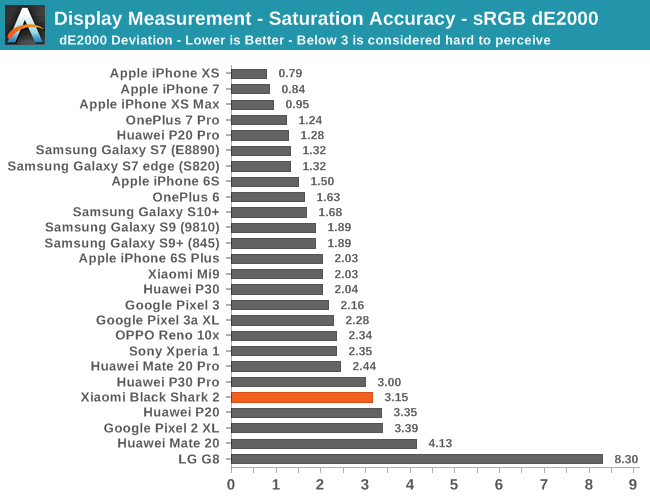
Because of the compounded errors, the Black Shark 2’s Natural mode ends up with a dE2000 of 3.15, which is quite below average and notably worse than recent flagship devices.
The Cinema mode targets the P3 gamut, and we see that it largely adheres to the standard in this regard. Still, we’re seeing the same deviations as on the sRGB mode, as the reds peak is a bit off-gamut, the blue is exceeding it, magenta hues are off, and the green low and mid saturations are again too strong.
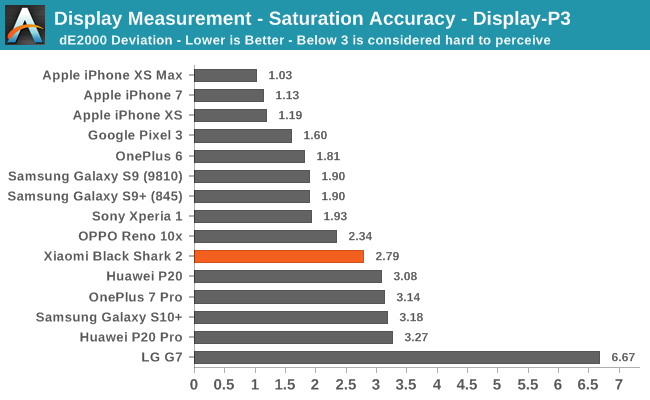
In this mode, the error is slightly better than that of the sRGB mode, ending up with a dE2000 of 2.79.
In the Gretag Macbeth colour palette of common tones and skin tones, we’re seeing some extremely big deviations. There are some big issues with the chromacity of some tones, with far too high saturations. There are also a few patches which are quite off-hue.

In the Gretag Macbeth colour palette of common tones and skin tones, we’re seeing some extremely big deviations. There are some big issues with the chromacity of some tones, with far too high saturations. There are also a few patches which are quite off-hue.
The phone ends up with a bad resulting GMB dE2000 of 4.08, again amongst one of the worst out there. The problem here is that’s unlike other phones whose errors lie mostly in inaccurate gamma and luminosity levels, the BS2’s calibration errors lie mostly in the saturation and hues of colours, which can be a lot more noticeable.
Overall, while the core display characteristics of the Black Shark 2 display are acceptable, its calibration is unsatisfactory and below-par.


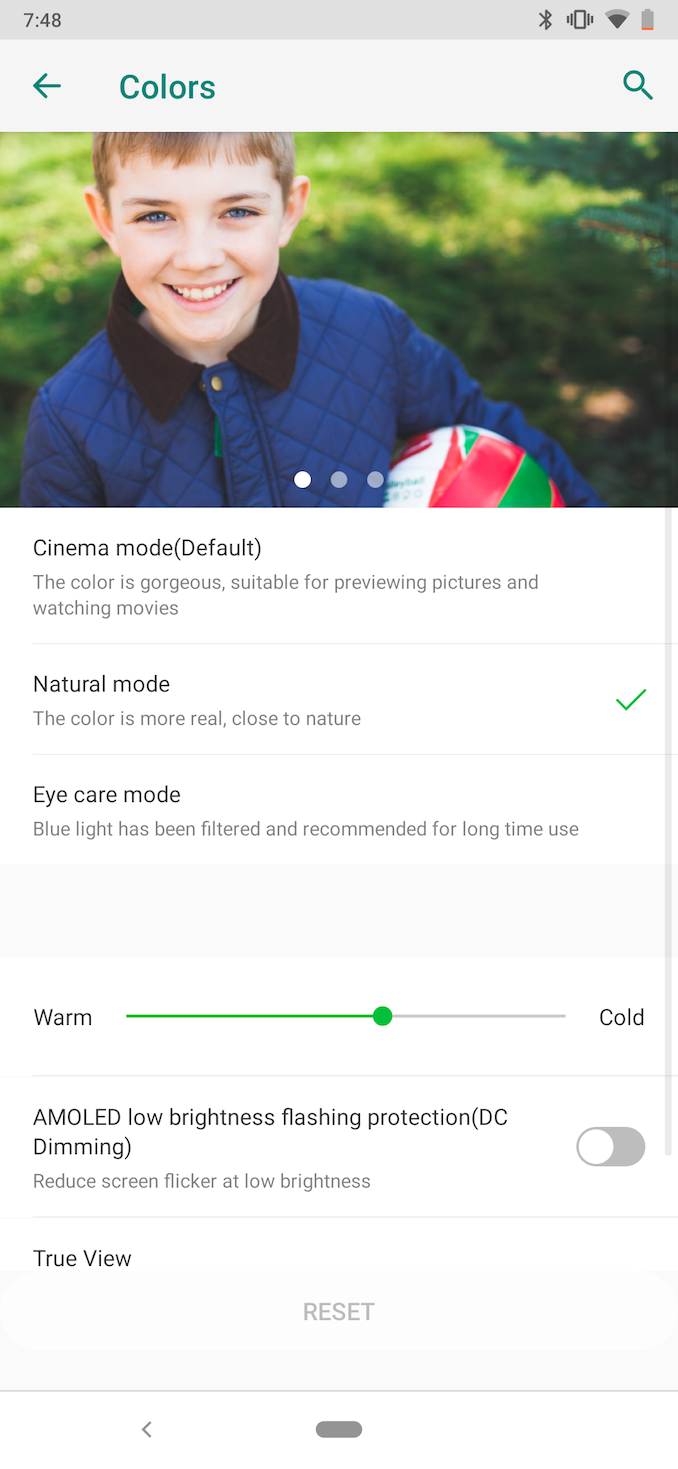
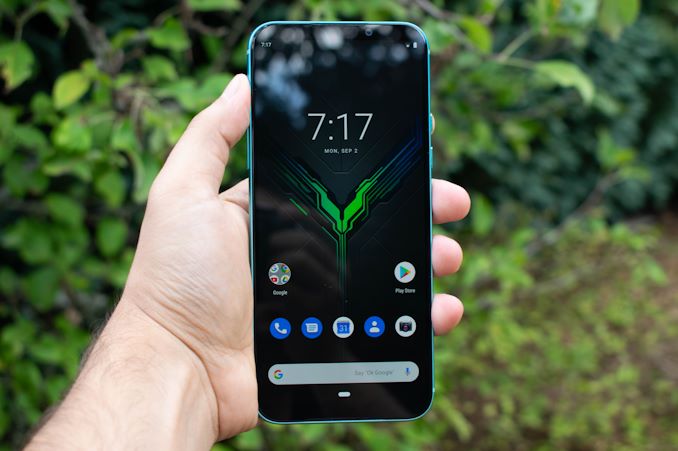
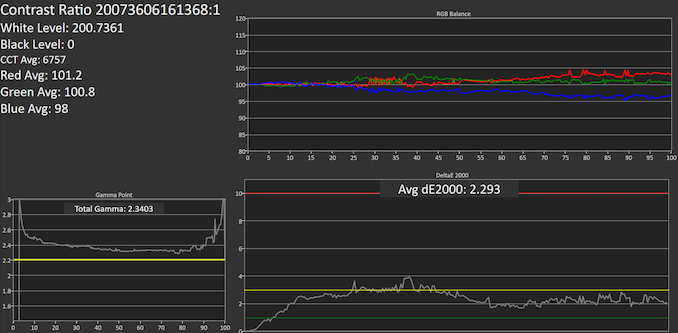

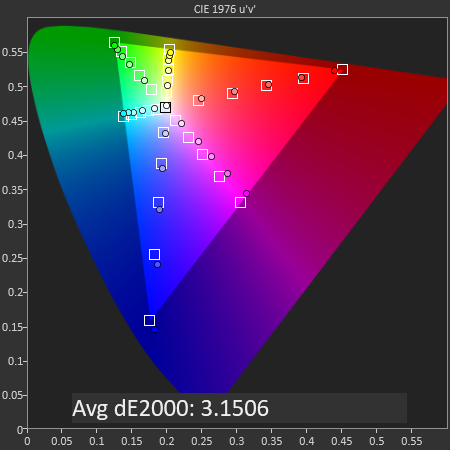
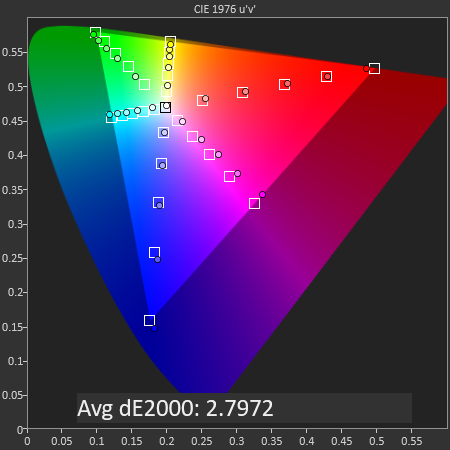










63 Comments
View All Comments
Jon Tseng - Wednesday, September 25, 2019 - link
Thanks interesting. I guess that definitely answers the question as to whether the paid Qualcomm partnership had any impact on your ratings (not that it would, knowing AT, I know!).PaulHoule - Wednesday, September 25, 2019 - link
What I found strange about the article is that, unlike most reviews of gaming hardware, there were not any benchmarks for games.Maybe that's because nobody cares how many frames per second you can render Candy Crush which is why they pack it in with Windows so Intel can claim there is a "game" you can play with the integrated graphics.
If there aren't any games that need a gaming phone, why does a gaming phone have to exist? It's like the sound of one hand clapping. isn't it?
Death666Angel - Wednesday, September 25, 2019 - link
I mean, there area pretty intensive games for smartphones out there, think PUBG, Fortnite, racing games. I don't really know if they provide accurate/useful ingame benchmarks and I don't know if there are any FRAPS / FCAT like apps for Android. I don't think we get anything better than 3DMark and GFXBench right now. :) Everything else is non repeatable and therefore of little use.PeachNCream - Wednesday, September 25, 2019 - link
Pretty sure the decision to include Candy Crush is between Microsoft and King. It isn't a decision related to Intel. After all AMD based Windows systems ship with it preloaded as well.crimson117 - Wednesday, September 25, 2019 - link
I think benchmarks were omitted because "the firmware detects benchmarks and disables thermal throttling in order to get better scores." So benchmarks would be meaningless and misleading.s.yu - Wednesday, September 25, 2019 - link
Generally Anandtech's benchmarks should be immune to detection, which is stated in the article.Andrei Frumusanu - Thursday, September 26, 2019 - link
Yes, we bypassed detection for the published scores.raghusa - Wednesday, September 25, 2019 - link
AT was always one of my go to place to get in-depth analysis and reviews. Now that AT is going with PAID partnership route, my view of AT analysis is definitely going to change, will likely look for other reputable sources ....Andrei Frumusanu - Thursday, September 26, 2019 - link
The review content is still fully independently written, and the editorial team including myself have no contact with the sponsor in this regard. In any case this series will come to a closure on Monday.Wardrive86 - Thursday, September 26, 2019 - link
I wish that it was not coming to an end! I very much enjoyed this series.